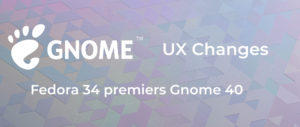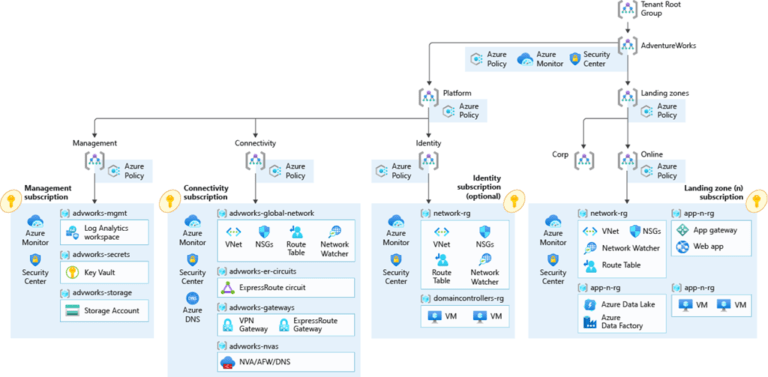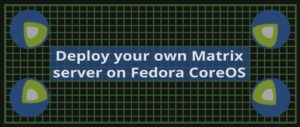Since Kopper got merged today upstream I wanted to write a little about it as I think the value it brings can be unclear for the uninitiated.
Adam Jackson in our graphics team has been working for the last Months together with other community members like Mike Blumenkrantz implementing Kopper. For those unaware Zink is an OpenGL implementation running on top of Vulkan and Kopper is the layer that allows you to translate OpenGL and GLX window handling to Vulkan WSI handling. This means that you can get full OpenGL support even if your GPU only has a Vulkan driver available and it also means you can for instance run GNOME on top of this stack thanks to the addition of Kopper to Zink.
During the lifecycle of the soon to be released Fedora Workstation 36 we expect to allow you to turn on the doing OpenGL using Kopper and Zink as an experimental feature once we update Fedora 36 to Mesa 22.1.
So you might ask why would I care about this as an end user? Well initially you probably will not care much, but over time it is likely that GPU makers will eventually stop developing native OpenGL drivers and just focus on their Vulkan drivers. At that point Zink and Kopper provides you with a backwards compatibility solution for your OpenGL applications. And for Linux distributions it will also at some point help reduce the amount of code we need to ship and maintain significantly as we can just rely on Zink and Kopper everywhere which of course reduces the workload for maintainers.
This is not going to be an overnight transition though, Zink and Kopper will need some time to stabilize and further improve performance. At the moment performance is generally a bit slower than the native drivers, but we have seen some examples of games which actually got better performance with specific driver combinations, but over time we expect to see the negative performance delta shrink. The delta is unlikely to ever fully go away due to the cost of translating between the two APIs, but on the other side we are going to be in a situation in a few years where all current/new applications use Vulkan natively (or through Proton) and thus the stuff that relies on OpenGL will be older software, so combined with faster GPUs you should still get more than good enough performance. And at that point Zink will be a lifesaver for your old OpenGL based applications and games.





